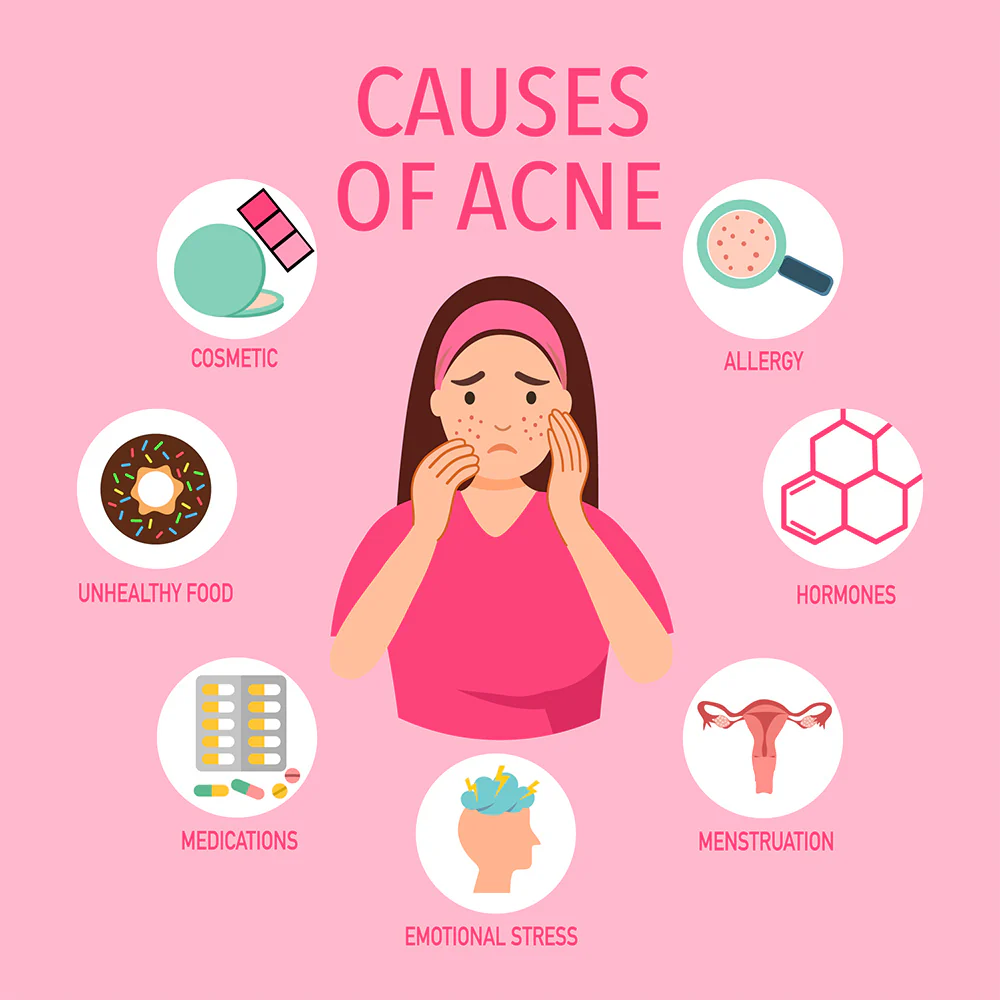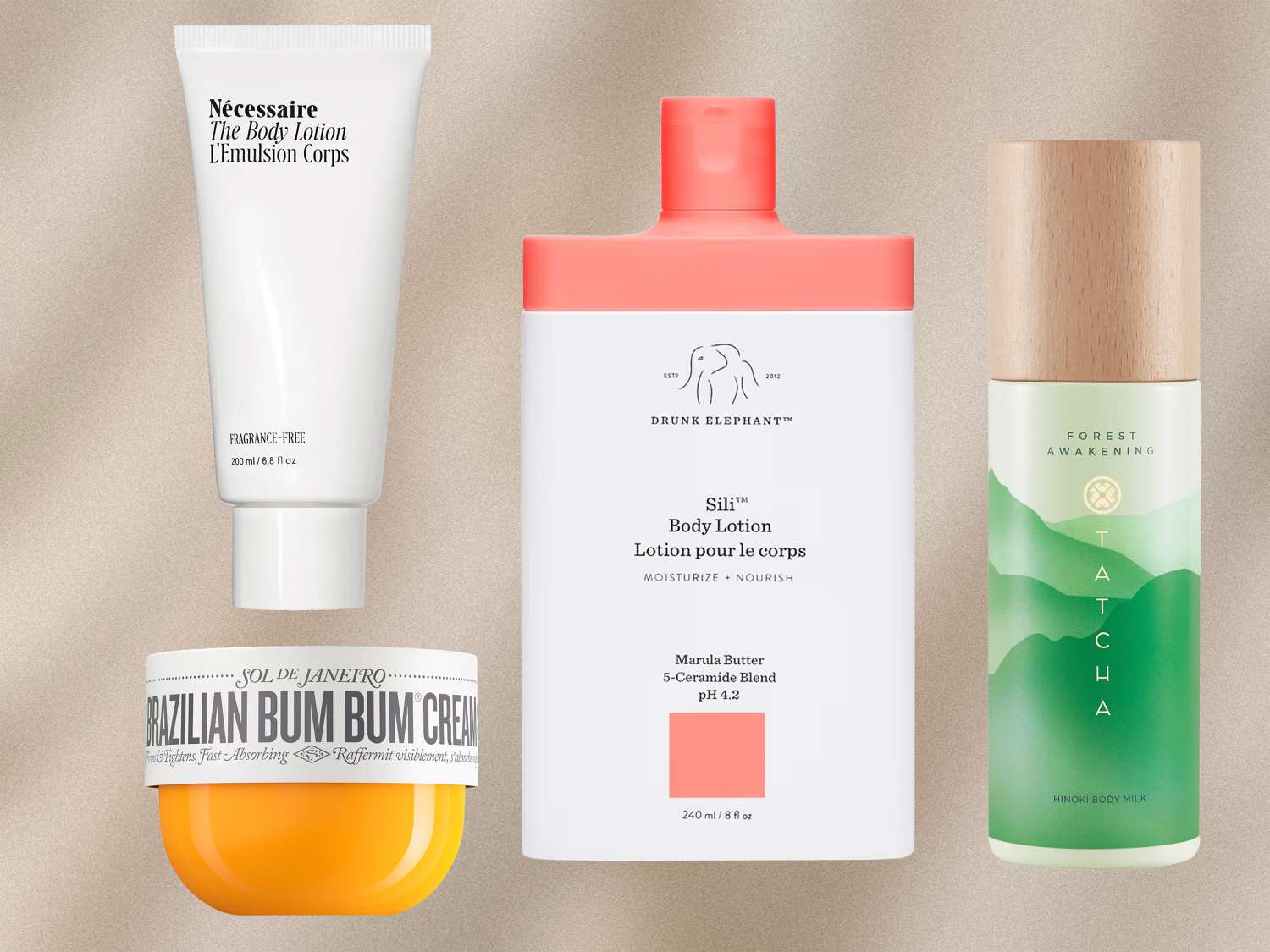Creating a skincare routine can feel overwhelming, especially when new products, trends, and ingredients seem to appear every week. But the truth is that an effective routine doesn’t need to be complicated, expensive, or time-consuming. What matters most is choosing products that suit your skin type, using them consistently, and understanding the purpose behind each step. Whether you’re starting from scratch or refining your current regimen, this guide breaks everything down in a simple and practical way.
A great skincare routine always begins with knowing your skin. Are you oily, dry, combination, sensitive, or normal? Do you struggle with breakouts, dehydration, pigmentation, or early signs of aging? Understanding your goals allows you to choose products that genuinely support your skin rather than overwhelm it. Once you have that clarity, the routine-building process becomes much more straightforward.
1. The Core Routine: Cleanse, Treat, Moisturise, Protect
Dermatologists tend to agree on one thing: a basic routine should include these four essential steps.
Cleanser — Cleansing removes dirt, oil, sweat, makeup, and environmental pollutants. Without this step, everything else you apply struggles to work effectively. Gel cleansers are often best for oily or acne-prone skin, while cream or milk cleansers suit dry and sensitive types. The key is to choose something gentle that doesn’t strip your skin.
Treatment (serum or active ingredient) — This is where you target specific concerns like acne, pigmentation, ageing, or dryness. Treatments often contain active ingredients such as vitamin C, niacinamide, retinol, hyaluronic acid, or salicylic acid. Each one serves a different purpose, so your choice depends entirely on what you want to improve.
Moisturiser — Moisturisers strengthen the skin barrier, prevent water loss, and support overall resilience. Lightweight gels are ideal for oily skin, while richer creams help lock in hydration for dry or mature skin. A well-moisturised skin barrier also reduces sensitivity and redness.
Sunscreen — Sunscreen is the most important step in any daytime routine. It protects the skin from UV damage, reduces the risk of premature ageing, and prevents dark spots from becoming darker. Look for SPF 30 or higher and apply it every single morning, even on cloudy days.
With these four steps in place, you already have a routine that supports long-term skin health.
2. Morning Routine: Brightening & Protection
A good morning routine prepares your skin for the day. This usually includes:
- Gentle cleanser (optional if you have dry skin)
- Antioxidant serum such as vitamin C to brighten and protect
- Lightweight moisturiser to lock in hydration
- Sunscreen as the final step
Vitamin C is a popular morning ingredient because it neutralises free radicals—particles that damage collagen and accelerate aging. Niacinamide is another excellent morning option as it strengthens the barrier and helps control oil.
3. Evening Routine: Repair & Renewal
Nighttime is when your skin repairs itself, making it the perfect time to use more active treatments.
A typical evening routine includes:
- Cleanser to remove the day’s buildup
- Exfoliant or retinoid (on alternating nights)
- Hydrating serum such as hyaluronic acid
- Moisturiser to support recovery
Retinoids (retinol, retinal, adapalene) are widely considered the gold standard of anti-ageing. They boost cell turnover, fade pigmentation, and prevent clogged pores. Start slowly—2–3 nights a week—and gradually build up to avoid irritation.
4. How to Add New Products Safely
One of the most common skincare mistakes is adding too many new products at once. This can overwhelm the skin and make it difficult to identify which product is causing irritation or breakouts.
A safe rule is:
Introduce only one new product every 10–14 days.
This gives your skin time to adjust, and it helps you track what works and what doesn’t.
5. Customising Your Routine for Specific Concerns
Depending on your goals, you may add additional steps:
- For acne: salicylic acid, benzoyl peroxide, or retinoids
- For pigmentation: vitamin C, azelaic acid, or tranexamic acid
- For dryness: ceramides, squalane, and hydrating essences
- For sensitivity: centella asiatica, panthenol, or oat extracts
The key is to avoid pairing too many strong actives together—for example, retinol and AHAs in the same routine—unless guided by a professional.
6. The Value of Consistency
Consistency matters more than perfection. Your routine doesn’t need 12 steps; it needs steps that you can maintain daily. Most products take 6–12 weeks to show results, especially for issues like acne or pigmentation. Give your skin time to respond.
7. When to Seek Professional Advice
If you experience persistent irritation, cystic acne, or sudden changes in your skin, a dermatologist can offer personalised guidance. Professional treatments like chemical peels, microneedling, or laser therapy may accelerate results when topical products aren’t enough.
Final Thoughts
An effective skincare routine doesn’t need to be complicated. With a clear understanding of your skin type, a set of targeted products, and a consistent approach, you can build a routine that supports long-term skin health. Start with the essentials, customise based on your goals, and give your skin time to transform.



